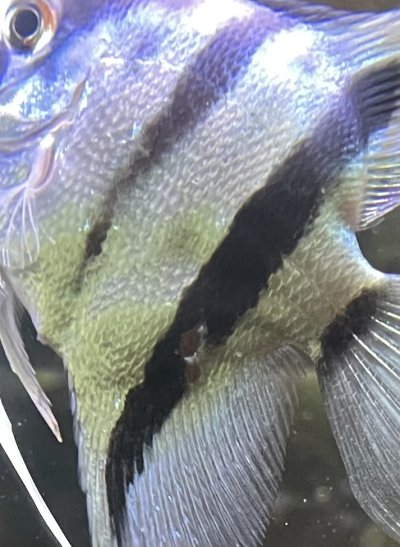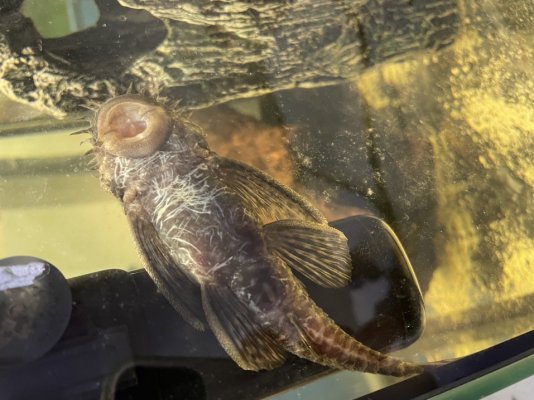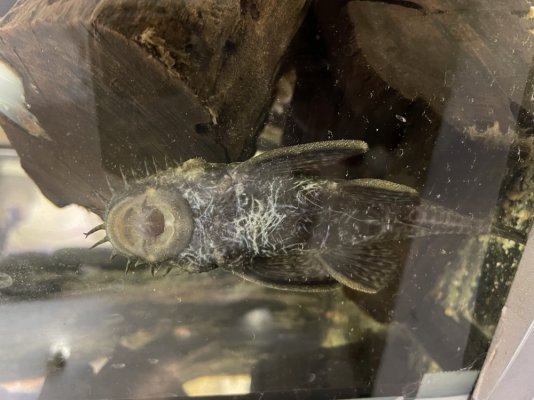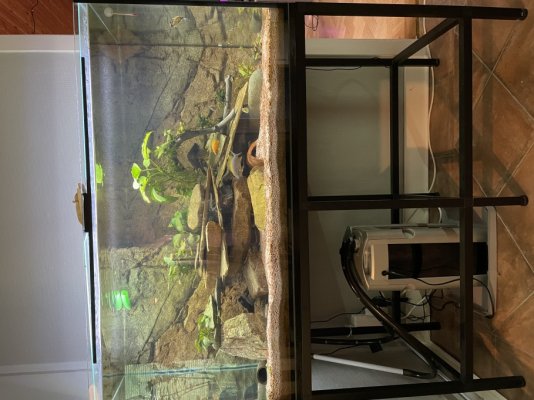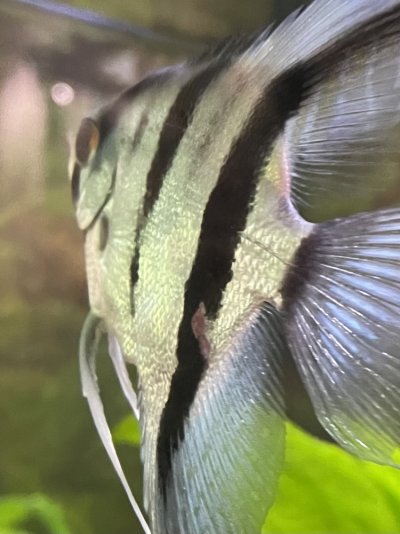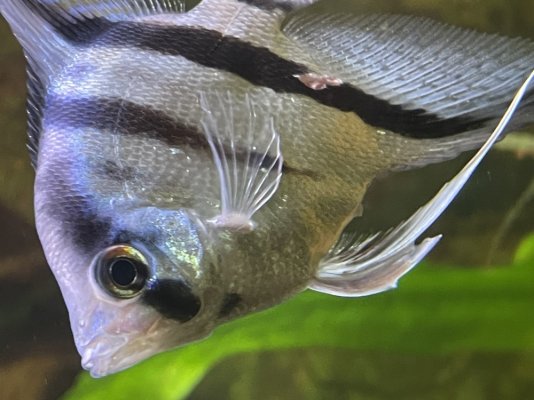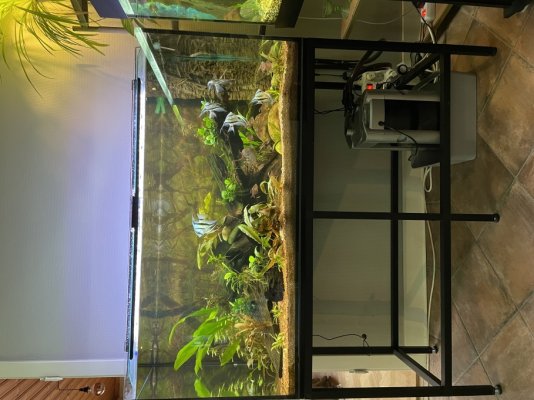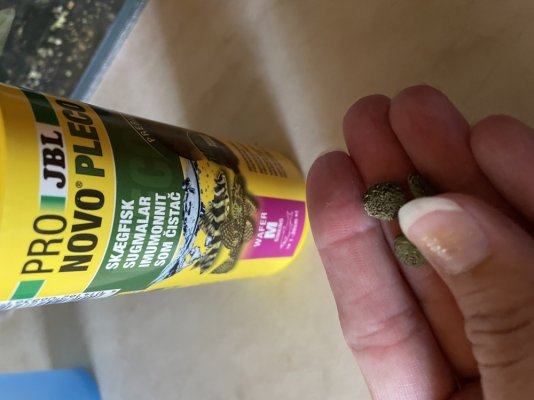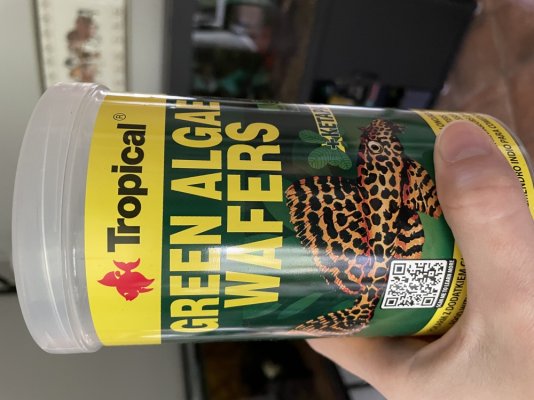Haneli
Aquarium Advice Newbie
I came home from a vacation and found two of my fish had come down with something. It seem to be different illnesses affecting one Ancistrus and one angelfish in different tanks.
First some background. Before I left, I cleaned filters and did a wc about 1/3 of the water in each aquarium. Portioned food for my neigbour to feed the fishes. When I came home all looked good except for two fish that were gone (probably died and got eaten) I did not find any bodies and my neighbour had not seen anyone dead. And the two sick fishes of course (in different tanks). Three weeks had passed since the last wc but there were no nitrite or ammonia in the tanks. A little high phosphate in one tank though (one of the tanks with a missing fish). But let us focus on the two tanks with sick fish.
First the angelfish. It has a few holes, or missing scales on his side. I have treated with Bactopur with no improvement (I have been home for a few weeks so done a few wc and medicated this tank). So what can it be, it has grown a little which makes me think it is not from a fight that I first thought…
The ancistrus. He has stripes underneath which is not his normal pattern, he has also lost wheight. I have him in quaranteen now and have salt in the water. I have never seen anything like this before. He eats which is a good sign but what on earth is this?
Forgot to mention both tank sizes are 300 litres.
First some background. Before I left, I cleaned filters and did a wc about 1/3 of the water in each aquarium. Portioned food for my neigbour to feed the fishes. When I came home all looked good except for two fish that were gone (probably died and got eaten) I did not find any bodies and my neighbour had not seen anyone dead. And the two sick fishes of course (in different tanks). Three weeks had passed since the last wc but there were no nitrite or ammonia in the tanks. A little high phosphate in one tank though (one of the tanks with a missing fish). But let us focus on the two tanks with sick fish.
First the angelfish. It has a few holes, or missing scales on his side. I have treated with Bactopur with no improvement (I have been home for a few weeks so done a few wc and medicated this tank). So what can it be, it has grown a little which makes me think it is not from a fight that I first thought…
The ancistrus. He has stripes underneath which is not his normal pattern, he has also lost wheight. I have him in quaranteen now and have salt in the water. I have never seen anything like this before. He eats which is a good sign but what on earth is this?
Forgot to mention both tank sizes are 300 litres.

